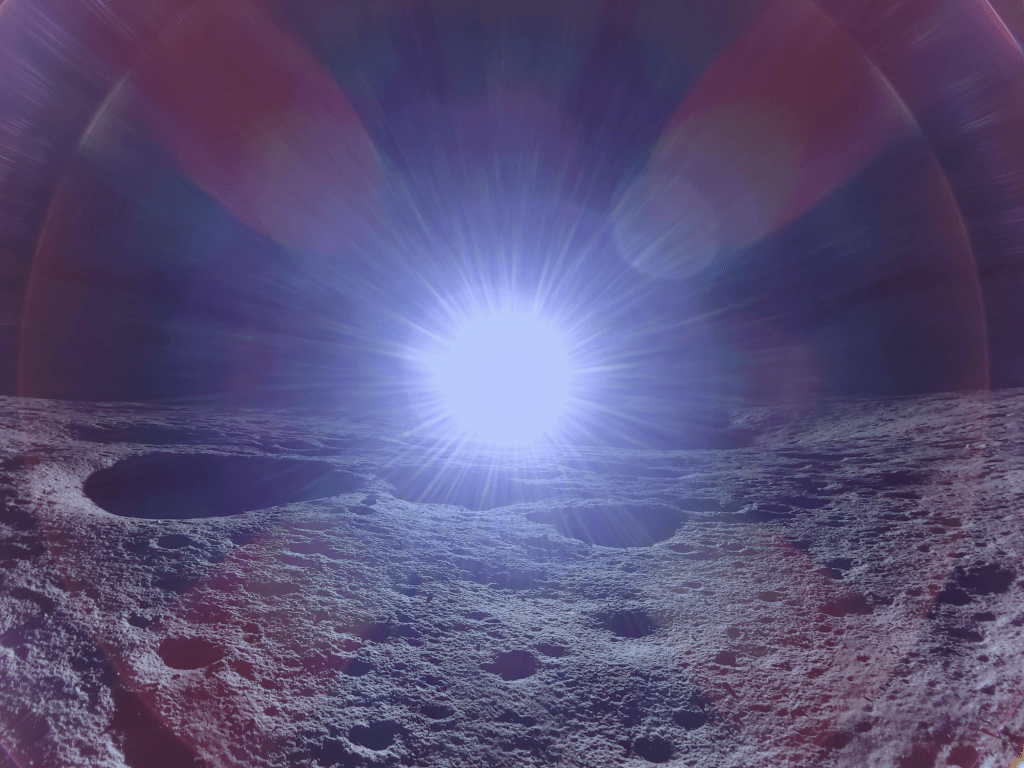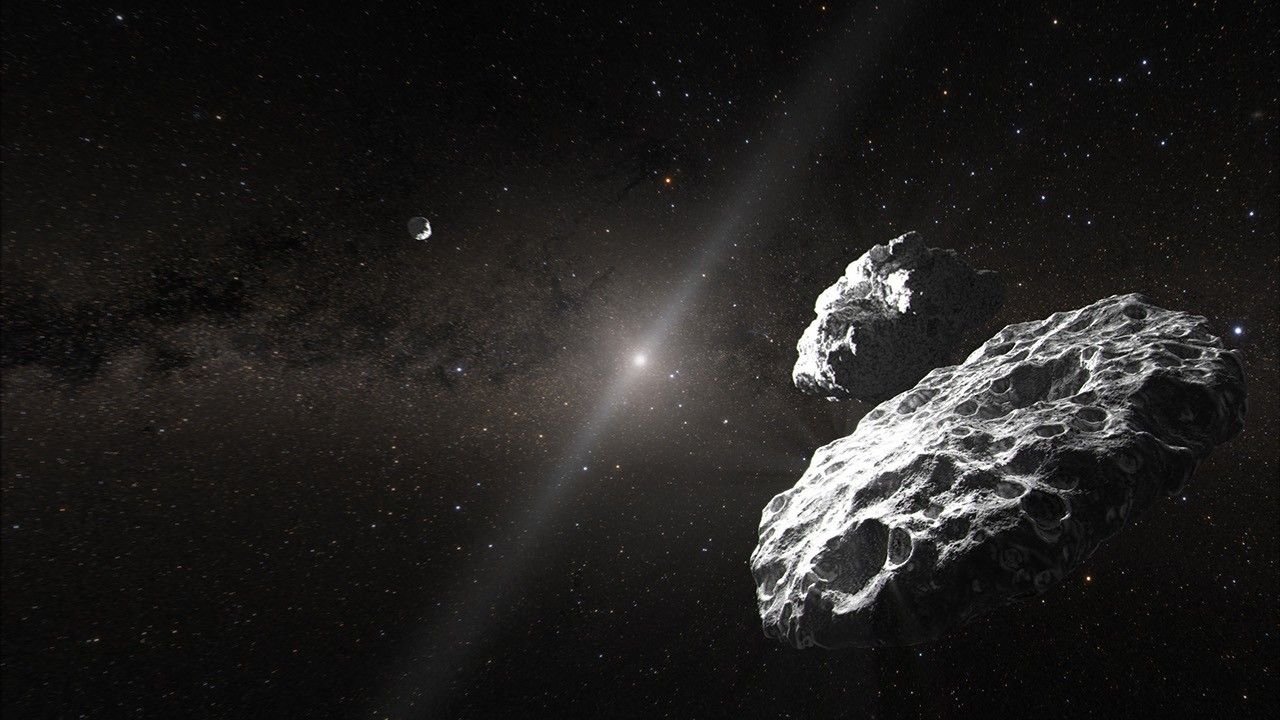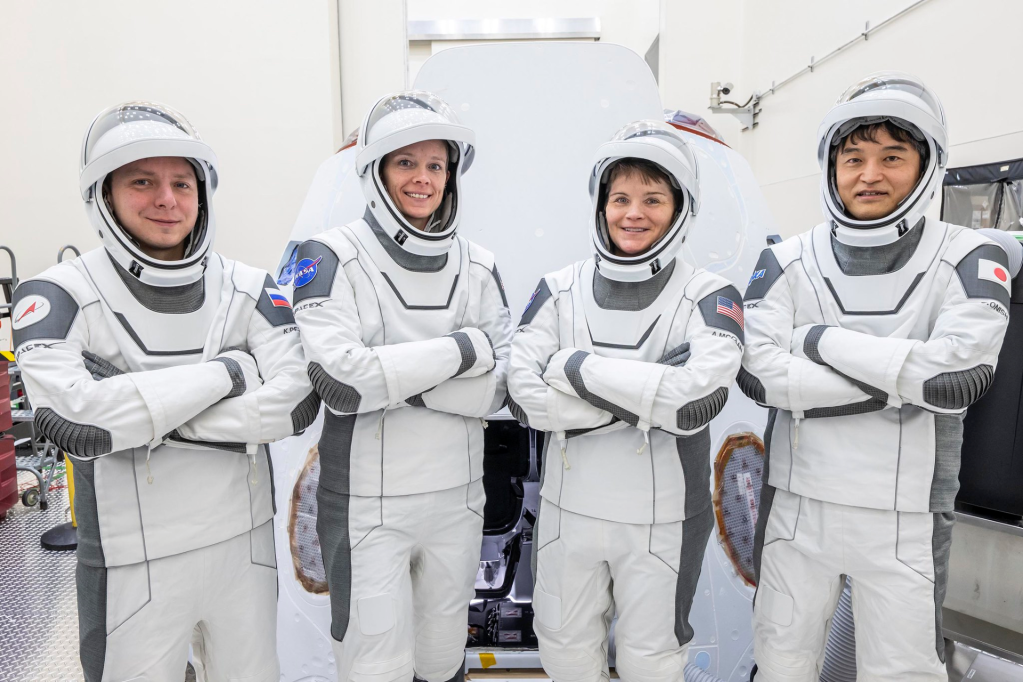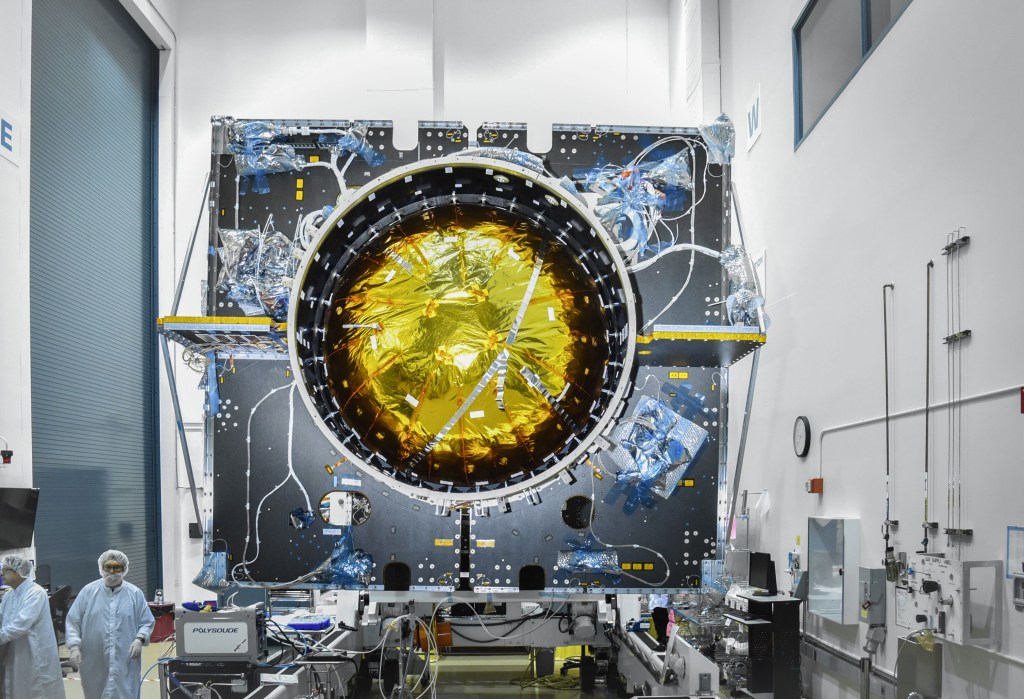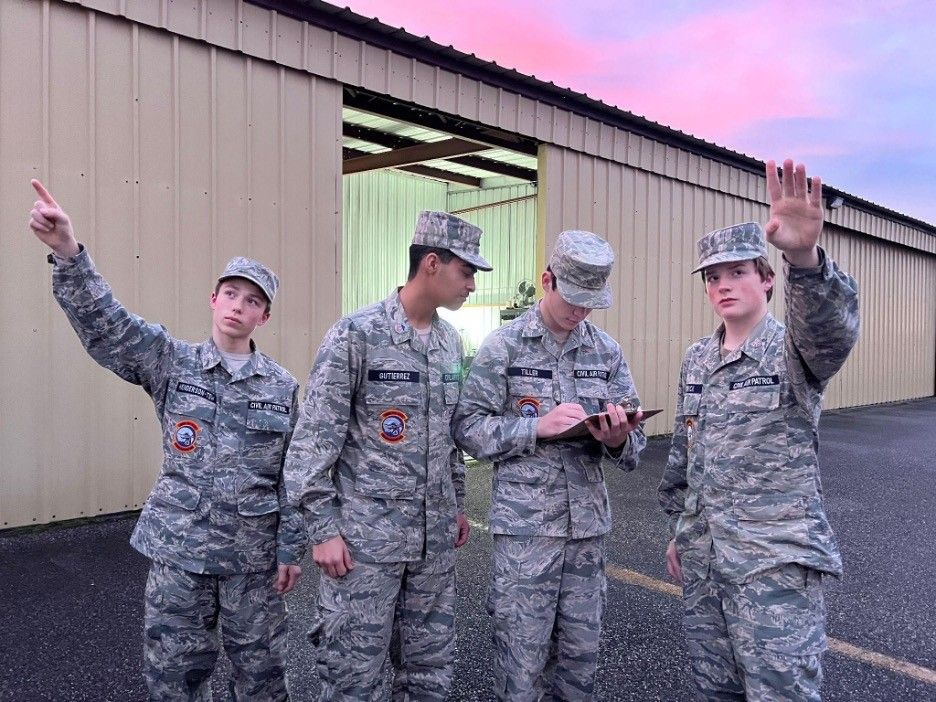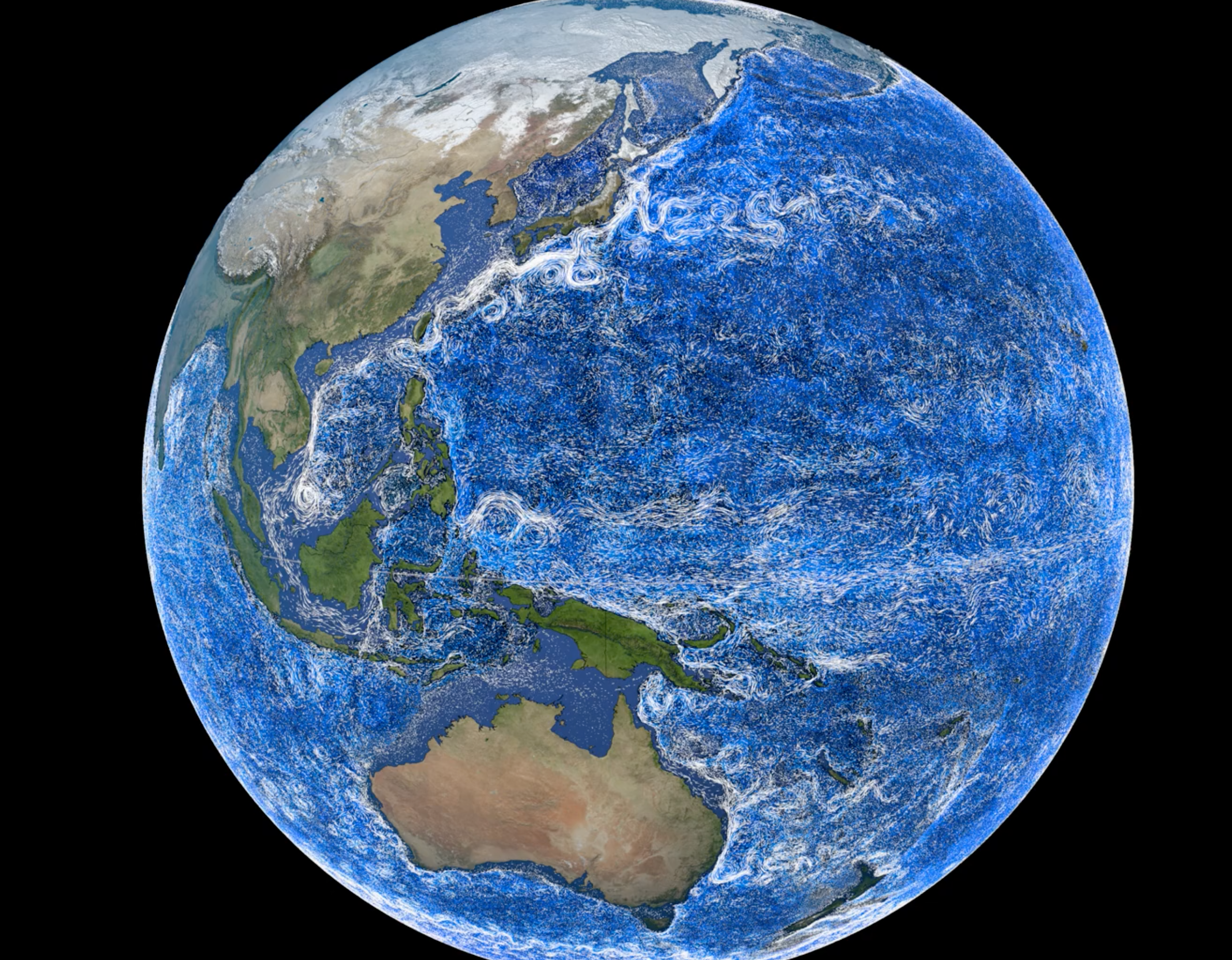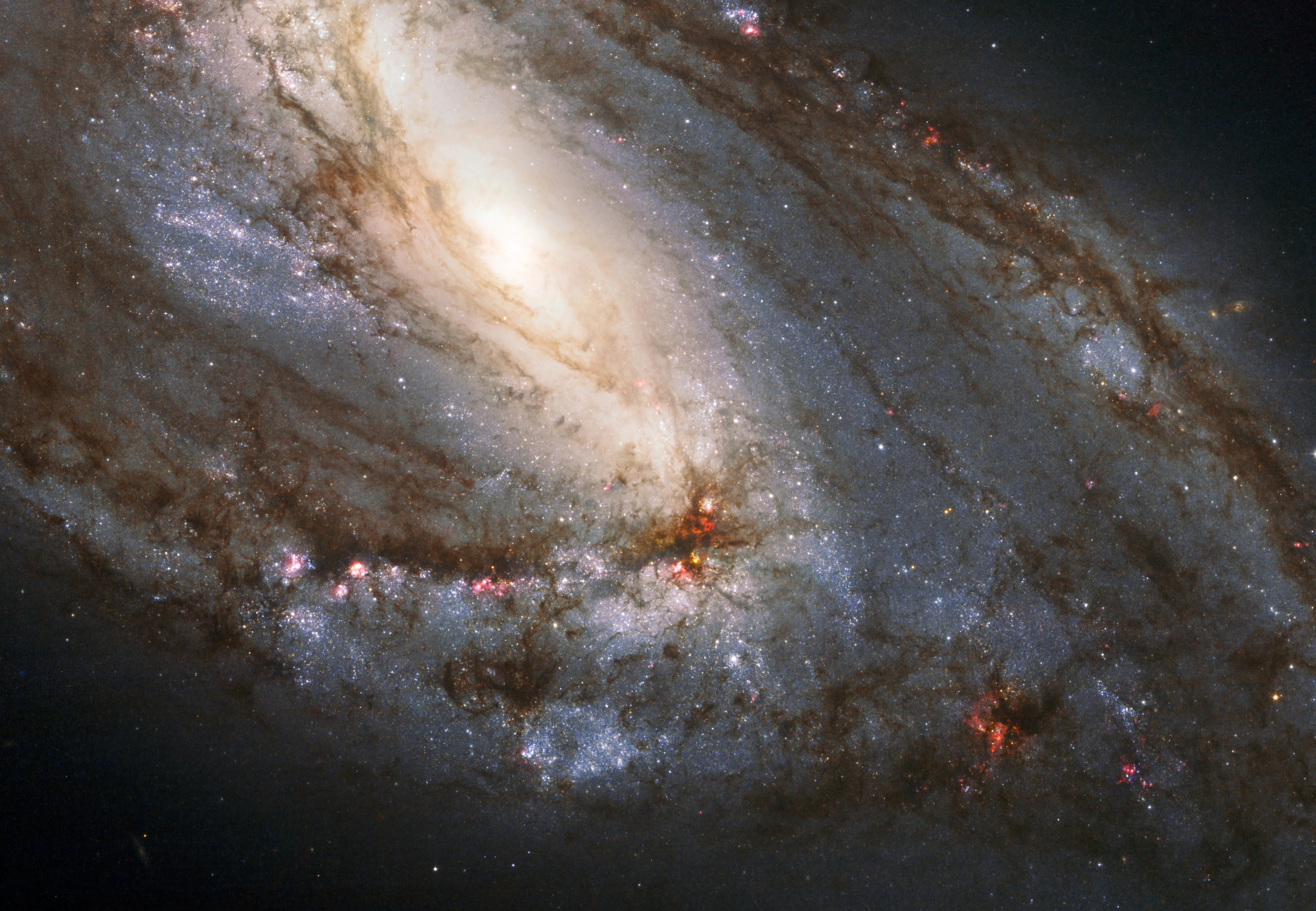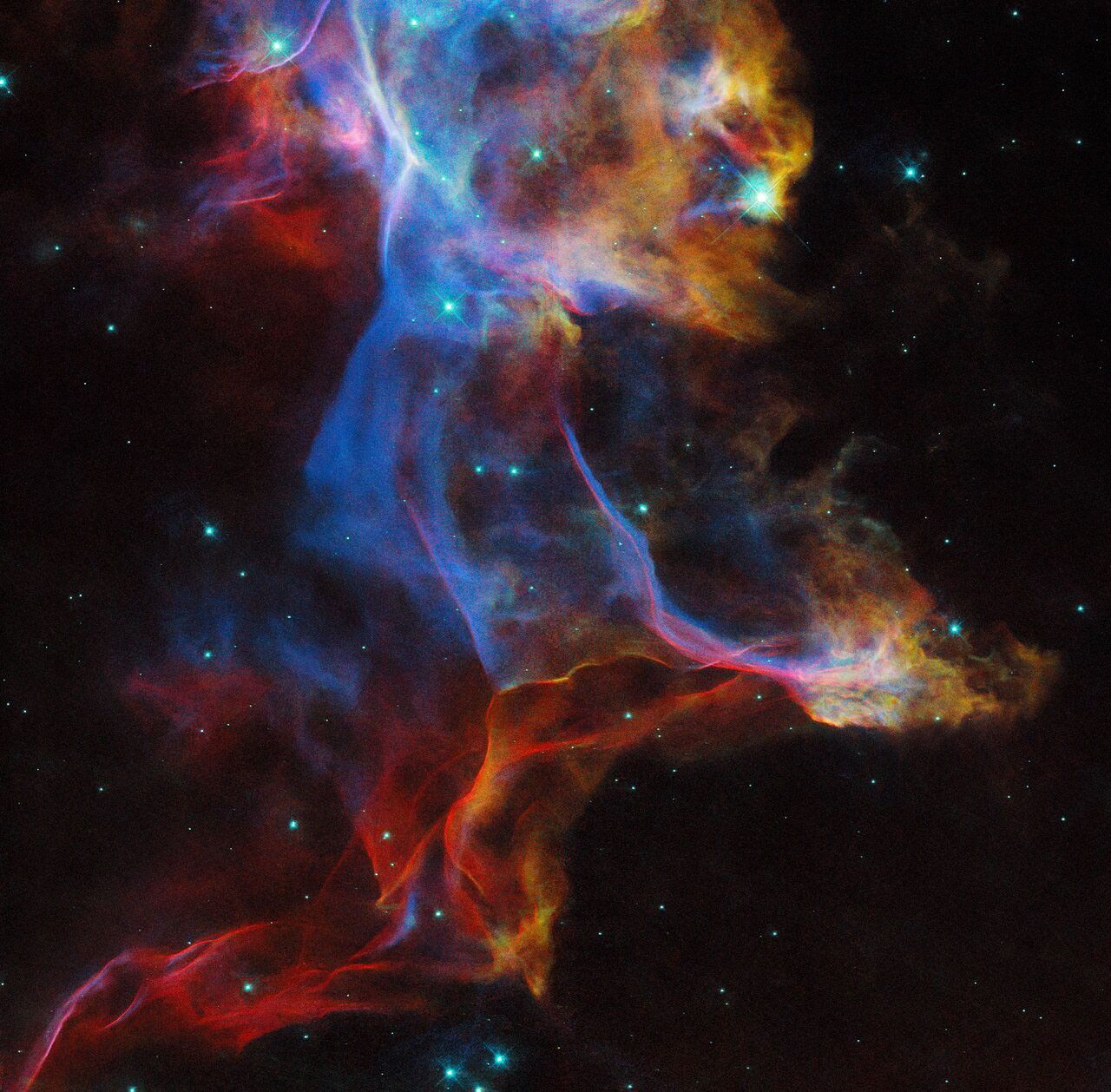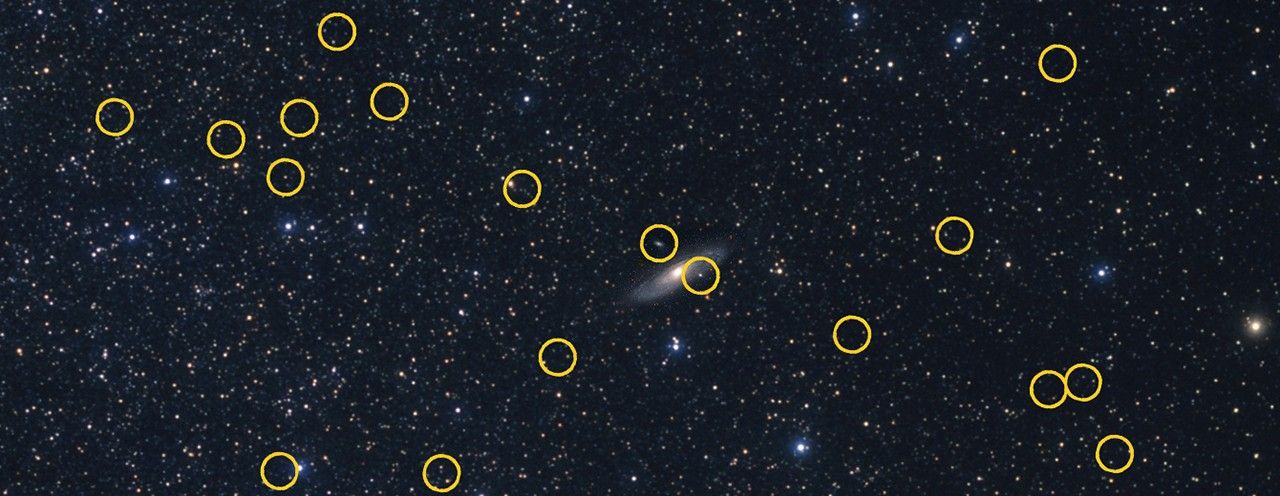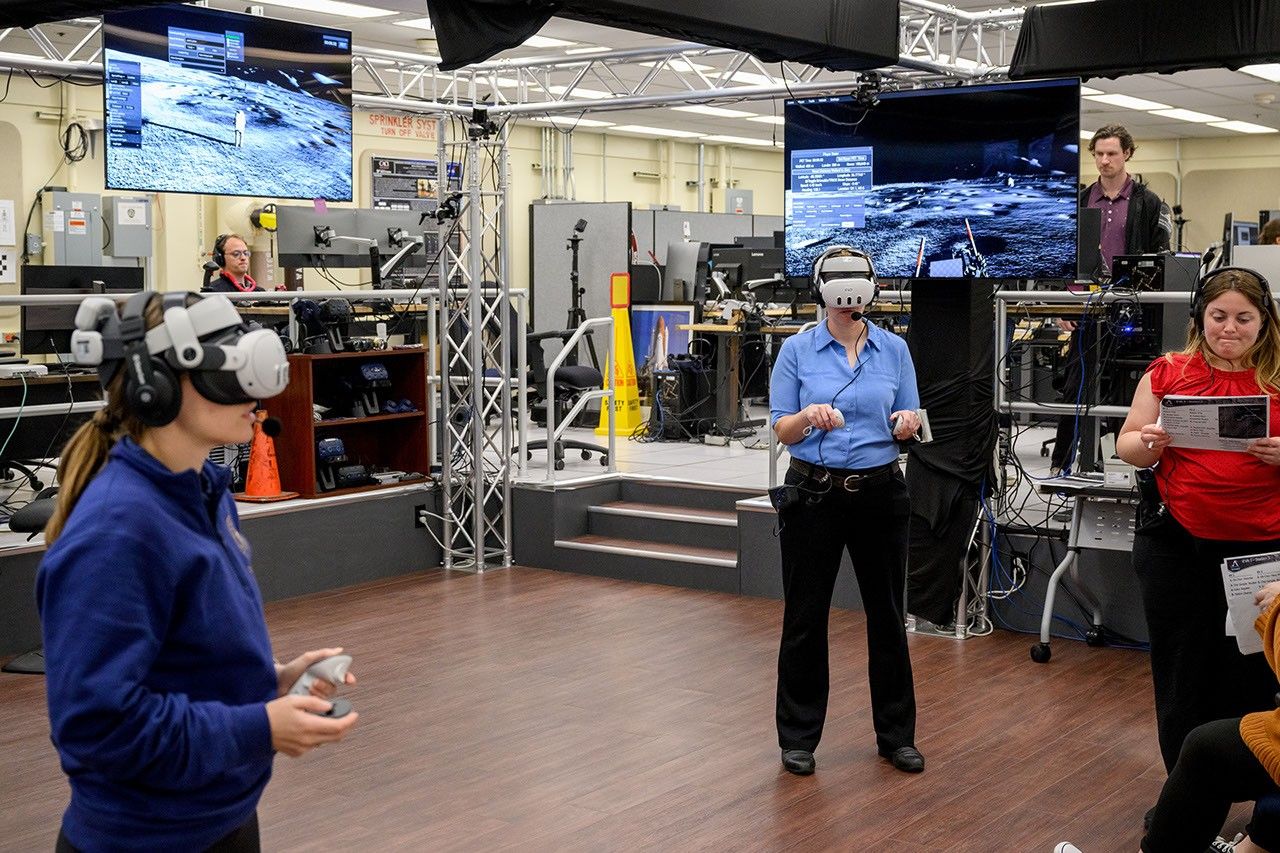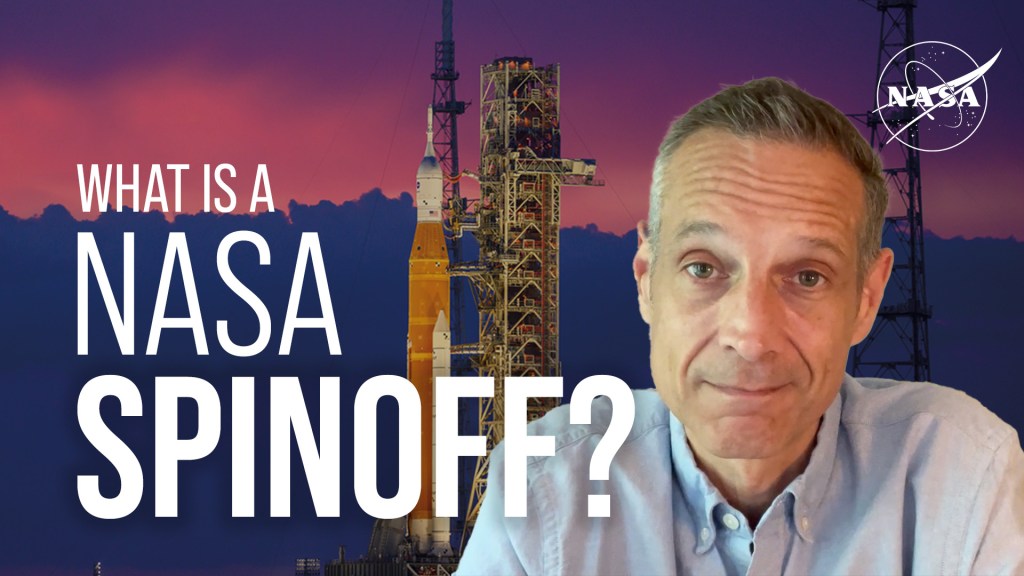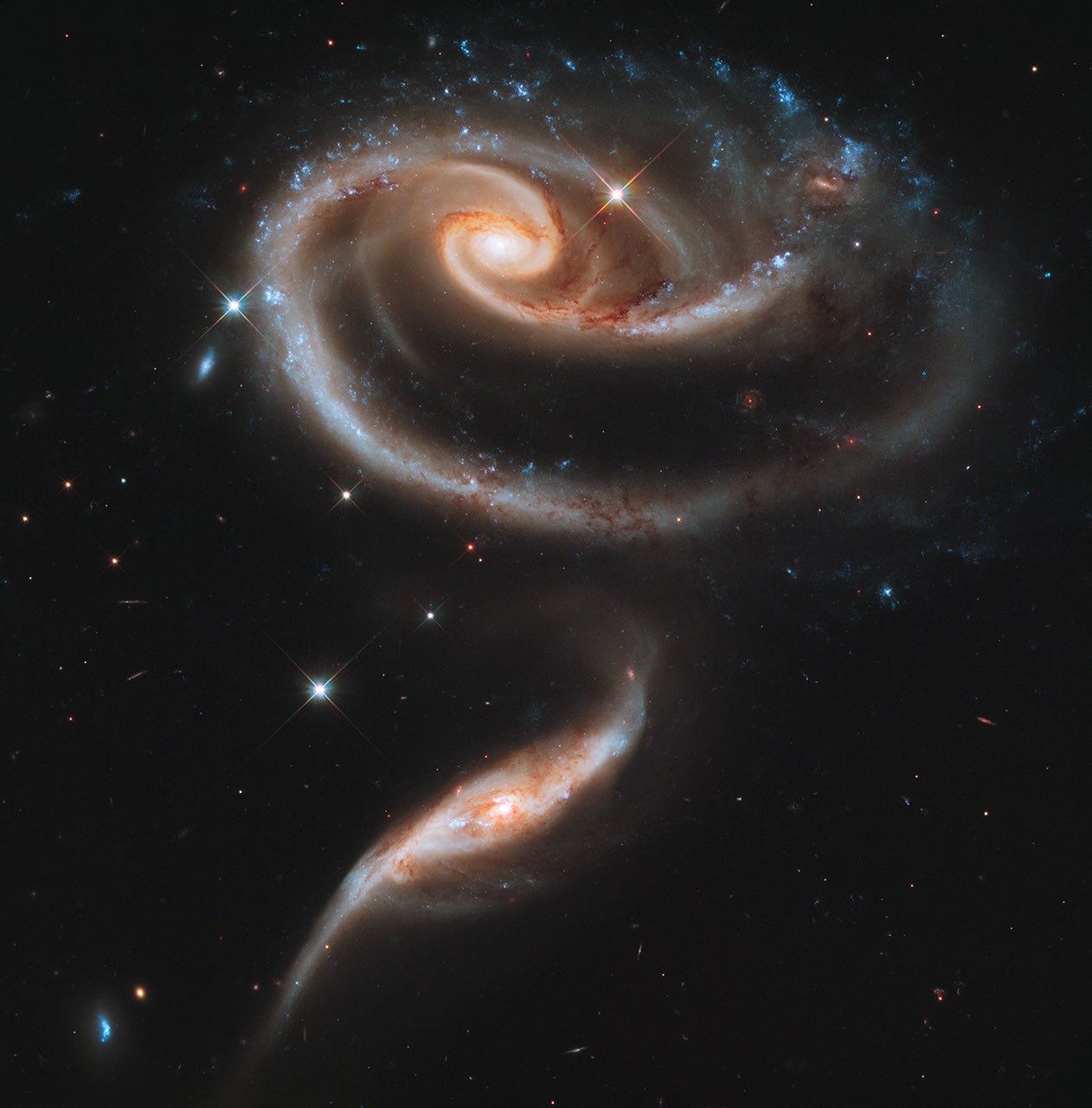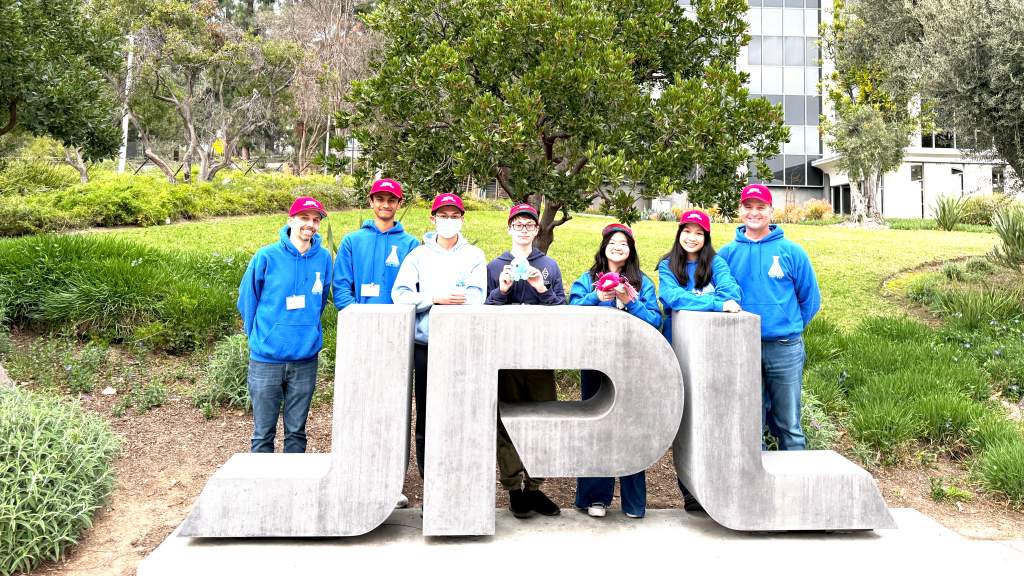NASA Quantum Artificial Intelligence Laboratory (QuAIL)
QuAIL is the space agency’s hub for assessing and advancing the potential of quantum computers to impact computational challenges faced by the agency in the decades to come.
Overview
Quantum computing is an emerging computational paradigm with the potential to revolutionize diverse areas of future-generation computational systems. QuAIL’s mandate is to determine and advance the potential for quantum computation to enable more ambitious, efficient, and safer NASA missions in the future. The team focuses on hard computational problems whose solution would impact NASA’s aeronautics, Earth and space sciences, and space exploration missions.
The QuAIL team tracks and contributes to advances in algorithms, both near- and longer-term, for optimization, machine learning, simulation of condensed-matter, high-energy physics, chemistry and materials, and differential equations and computational fluid dynamics. While the group is a theory and numerical team, a key component of this work is close collaboration with quantum hardware groups. Hardware-algorithm co-design is central to the team’s work, with algorithmic needs feeding into the hardware design and prioritization of hardware capabilities, hardware limitations feeding into algorithm design, and hardware noise characterization feeding into the design of protocols for error mitigation and correction. Key to this research has been advancing tools, including classical circuit simulation and open quantum system modeling, leading to an improved understanding of co-design principles across multiple architectures, including gate-model, adiabatic, and measurement-based architectures.
QuAIL was formed in 2012, quickly developing an international reputation for its work. The team has extensive experience utilizing near-term quantum computing hardware to evaluate the potential impact of quantum computing and in estimating the quantum and classical resources needed to realize quantum advantage on utility-scale problems. Through the development of instance test sets of variable size and tunable hardness, which encapsulate key aspects of utility scale problems, the team provides targets for quantum computational devices as they mature. The team also works to deepen our understanding of physical mechanisms that can be harnessed for quantum computation.
The team has done pioneering work in optimization, both exact and approximate, including developing hybrid quantum-classical algorithms, including the quantum alternating-operator ansatz and, more recently, iterative quantum optimization, with potential applications ranging from flight gate assignment and deconflicting flight trajectories in aeronautics to planning and scheduling for space missions. The team has also developed quantum-assisted algorithms for constraint programming. Another focus is advancing classical machine learning algorithms for Earth and space science in a “quantum-ready” way, identifying where quantum subroutines could replace classical subroutines as quantum technologies mature. Utility-scale quantum computers will necessarily consist of multiple quantum processing units (QPUs) networked together in a way that supports the exchange of both quantum and classical information, motivating the group’s work on distributed quantum algorithms. QuAIL’s work also includes physics-inspired classical algorithms that can be used at application scale today.
QuAIL collaborates with other groups at NASA on quantum sensing, communication, and networking, and with groups with domain expertise in application areas. The QuAIL team also has active external collaborations with other agencies, industry, academia, and international partners. QuAIL is part of the Test and Evaluation (T&E) team for DARPA’s Quantum Benchmarking (QB) and DARPA’s Quantum-Inspired Classical Computing (QuICC) programs. QuAIL is part of two DOE National Quantum Information (NQI) Science Research Centers: the Superconducting Quantum Materials and Systems (SQMS) Center, focused on High-energy physics (HEP) and Condensed Matter Physics (CMP) applications, led by FermiLab and the Co-Design Center for Quantum Advantage (C2QA) led by Brookhaven National Laboratory, focused on material science and chemistry applications. The team has formal collaborative agreements with Google and Rigetti, and research collaborations with many other entities at the forefront of quantum computing. QuAIL has formal collaborative agreements with DLR, the German aerospace agency, and CQC2T, the Australian Center of Excellence for Quantum Computation and Communication Technology.
The QuAIL team’s strength comes in part from its diverse expertise, spanning physics, computer science, mathematics, chemistry, and engineering.
QuAIL Overview Articles:
- E.G. Rieffel, et al., Assessing and advancing the potential of quantum computing: A NASA case study, Future Generation Computer Systems 160, 598-618, arXiv:2406.15601 (2024)
- E. G. Rieffel, S. Hadfield, T. Hogg, S. Mandrà, J. Marshall, G. Mossi, B. O’Gorman, E. Plamadeala, N. M. Tubman, D. Venturelli, W. Vinci, Z. Wang, M. Wilson, F. Wudarski, R. Biswas, From Ansätze to Z-gates: a NASA View of Quantum Computing, Advances in Parallel Computing, Vol. 34: Future Trends of HPC in a Disruptive Scenario, pp. 133-160 (2019)
- R. Biswas, Z. Jiang, K. Kechezhi, S. Knysh, S. Mandrà, B. O’Gorman, A. Perdomo-Ortiz, A. Petukhov, J. Realpe-Gómez, E. Rieffel, D. Venturelli, F. Vasko, Z. Wang, A NASA perspective on quantum computing: Opportunities and challenges, Parallel Computing, Vol. 64, pp. 81-98 (2017)
Team
Group Lead
Eleanor Rieffel
Group Members
M. Sohaib Alam
Namit Anand
Humberto Munoz Bauza
Lucas Brady
Stephen Cotton
Zoe Gonzalez Izquierdo
Shon Grabbe (Deputy Lead)
Erik Gustafson
Stuart Hadfield
Aaron Lott
Filip Maciejewski
Salvatore Mandrà
Jeffrey Marshall
Gianni Mossi
Jason Saied
Nishchay Suri
Davide Venturelli
Zhihui Wang
What is Quantum Computing?
Quantum computing is based on quantum bits or qubits. Unlike traditional computers, in which bits must have a value of either zero or one, a qubit can represent a zero, a one, or a superposition of both values. Representing information in qubits allows the information to be processed in ways that have no equivalent in classical computing, taking advantage of phenomena such as quantum entanglement, interference, and tunneling. Theory results underpinning quantum computing provide examples of certain problems that quantum computers, once they are sufficiently large and robust, could solve in a few days but would take thousands of years on even the largest classical computer. Current research aims not only to advance the development of quantum computing hardware but also to understand the breadth of problems for which quantum computing provides an advantage, through the development and analysis of new and existing quantum algorithms.
Recent Publications:
- L.P. Garcia-Pintos, T. O’Leary, T. Biswas, J. Bringewatt, L. Cincio, L.T. Brady, Y.K. Liu, Resilience-Runtime Tradeoff Relations for Quantum Algorithms, arXiv:2408.02764 (2024)
- N. Bornean, T. Roy, J.A. Job, N. Anand, G.N. Perdue, S. Zorzetti, M.S. Alam, Benchmarking the algorithmic reach of a high-Q cavity qudit, arXiv:2408.13317 (2024)
- E. Muarari, M.S. Alam, H. Lamm, S. Hadfield, E. Gustafson, Highly-efficient quantum Fourier transformations for some nonabelian groups, arXiv:2408.00074 (2024)
- A. Hardy, P. Mukhopadhyay, M. Sohaib Alam, R. Konik, L. Homozi, et al., Optimized Quantum Simulation Algorithms for Scalar Quantum Field Theories, arXiv:2407.13819 (2024)
- H. Leipold, F.M. Spedalieri, S. Hadfield, E. Rieffel, Imposing Constraints on Driver Hamiltonians and Mixing Operators: From Theory to Practical Implementation, arXiv:2407.01975 (2024)
- A. A. Akhtar, N. Anand, J. Marshall, Y.-Z. You, Dual-Unitary Classical Shadow Tomography, arXiv:2404.01068 (2024)
- M. Dupont, B. Sundar, B. Evert, D. E. B. Neira, Z. Peng, S. Jeffrey, M. J. Hodson, Quantum Optimization for the Maximum Cut Problem on a Superconducting Quantum Computer, arXiv:2404.17579 (2024)
- J. Saied, J. Marshall, N. Anand, E. G. Rieffel, General protocols for the efficient distillation of indistinguishable photons, arXiv:2404.14217 (2024)
- J. Saied, J. Marshall, N. Anand, S. Grabbe, E. G. Rieffel, Advancing quantum networking:
some tools and protocols for ideal and noisy photonics systems., in: P. R. Hemmer, A. L.
Migdall (Eds.), Quantum Computing, Communication, and Simulation IV, SPIE (2024)
- K. Kechedzhi, S. Isakov, S. Mandra, B. Villalonga, X. Mi, S. Boixo, V. Smelyanskiy, Effective quantum volume, fidelity and computational cost of noisy quantum processing experiments, FGCS 153, 431– 441 (2024)
- J. Sud, S. Hadfield, E. Rieffel, N. Tubman, T. Hogg, Parameter-setting heuristic for the quantum alternating operator ansatz, Physical Review Research 6, 023171 (2024)
- N. Suri, J. Saied, D. Venturelli, Uniformly Decaying Subspaces for Error Mitigated Quantum Computation, arXiv:2403.00163 (2024)
- B. Evert, Z. G. Izquierdo, J. Sud, H.-Y. Hu, S. Grabbe, E. G. Rieffel, M. J. Reagor, Z. Wang, Syncopated Dynamical Decoupling for Sup- pressing Crosstalk in Quantum Circuits, arXiv:2403.07836 (2024)
- S. Alam and E. Rieffel, Dynamical Logical Qubits in the Bacon-Shor Code, arXiv:2403.03291 (2024).
- F. B. Maciejewski, J. Biamonte, S. Hadfield, D. Venturelli, Improving Quantum Approximate Optimization by Noise-Directed Adaptive Remapping, arXiv:2404.01412 (2024)
- R. Brown, et al., Accelerating Continuous Variable Coherent Ising Ma- chines via Momentum, arXiv:2401.12135 (2024)
- D. E. Bernal Neira, et al., Benchmarking the Operation of Quantum Heuristics and Ising Machines: Scoring Parameter Setting Strategies on Optimization Applications, arXiv:2402.10255 (2024).
- X. Fei, L. T. Brady, J. Larson, S. Leyffer, S. Shen, Binary Quantum Control Optimization with Uncertain Hamiltonians, arXiv:2401.10120 (2024)
- D.E. Bernal Neira, C.D.Laird, L.R.Lueg, S.M.Harwood, D.Trenev, D. Venturelli, Utilizing modern computer architectures to solve mathematical optimization problems: A survey, Computers & Chemical Engineering 108627 (2024)
Full Publications List available here
QuAIL Software:
HybridQ: A Hybrid Quantum Simulator for Large Scale Simulations
HybridQ is a hardware agnostic quantum simulator, designed to simulate large scale quantum circuits. The simulator can run tensor contraction simulations, direct evolution simulations, and Clifford+T simulations using the same syntax.
Notable features of HybridQ include:
- full compatibility with Python (3.8+)
- low-level optimization achieved by using C++ and Just-In-Time (JIT) compilation with JAX and Numba
- ability to run seamlessly on CPU/GPU and TPU, either on single or multiple nodes (MPI) for large scale simulations, using the exact same syntax
- User-friendly interface with an advanced language to describe circuits and gates, including tools to manipulate/simplify circuits
Recent Improvements to HybridQ include:
- Communication rules to simplify circuits (useful for QAOA)
- Expansion of density matrices as superpositions off Pauli strings
- Open-source project with continuous-integration, multiple tests and easy installation using either pip or condo
Open source code is available at [https://github.com/nasa/HybridQ ] and you can read more about HybridQ at [MAN21]
[MAN21] S. Mandrà, J. Marshall, E. G. Rieffel, R. Biswas, HybridQ: A Hybrid Simulator for Quantum Circuits, IEEE/ACM Second International Workshop on Quantum Computing Software (QCS) 2021, arXiv:2111.06868
PySA: Suite of State-of-the-art (SOA) classical optimization algorithms
Features and SOA implementations of PySA include:
- Modern C++ 17 with template metaprogramming for high level of abstraction
- Compile time optimization or improved performance
Algorithms in PySA include:
- Parallel Tempering
- Ergodic and non-ergodic Isoenergetic cluster moves
- Approximate solution using mean-field theory
Open source code for PySA is available at [https://github.com/nasa/pysa ]

